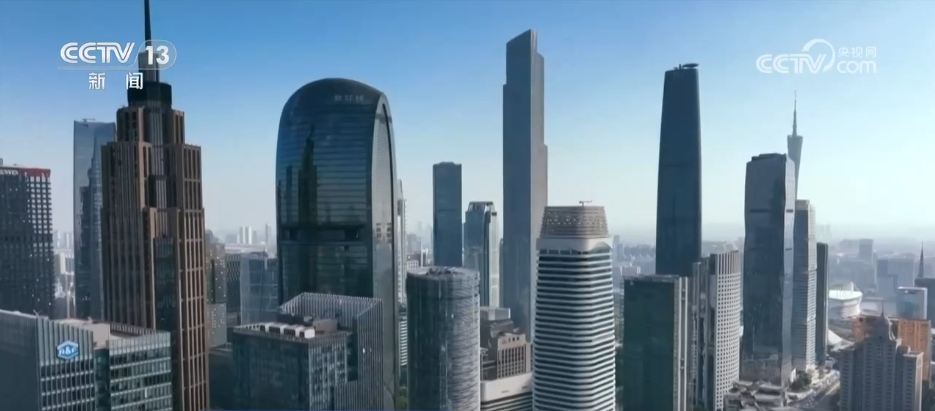CCTV News: Campus food safety issues concern students' physical health and have always received high attention from the society. All localities are currently actively exploring the new smart supervision model of "Internet + smart canteen". When campus meals encounter new technologies, what effect will be achieved?
In the kitchen of Qiyang No. 1 Middle School in Hunan, the newly appointed smart canteen supervision system can realize a variety of functions of safety production and sanitation monitoring. Starting from the morning check-up, the system can complete employee health screening within 3 seconds through the integrated technology of "face recognition + temperature monitoring". Walking into the cooking room of the canteen, the camera can realize live broadcast of the entire process from cleaning ingredients to serving food without blind spots through behavior recognition.
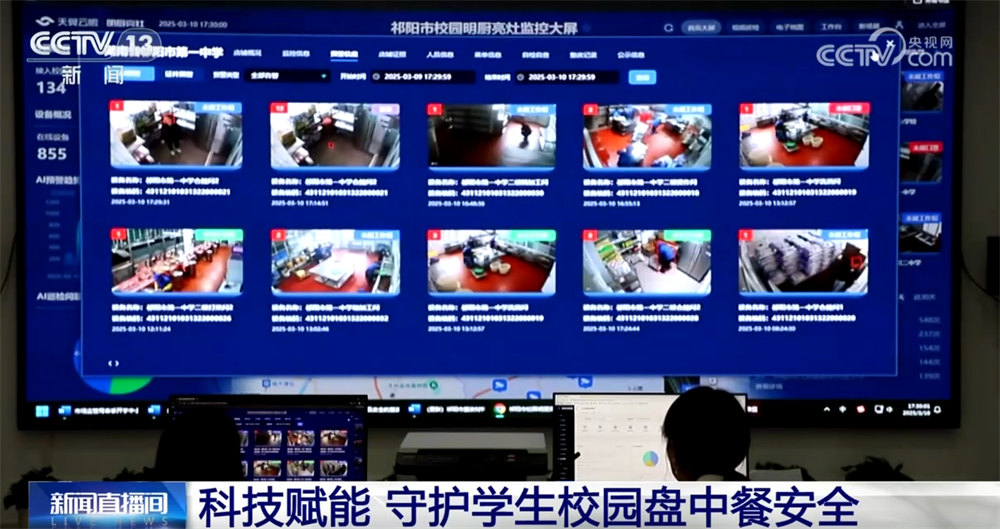
Since November last year, Qiyang, Hunan has launched a smart canteen management system in the city, and has achieved full coverage of urban and rural primary and secondary schools. On the platform of the smart canteen management system, parents can not only see the real-time situation of the back kitchen of the campus canteen, but also see the canteen menu and raw material procurement information in the system, and leave messages to make suggestions for the school canteen.
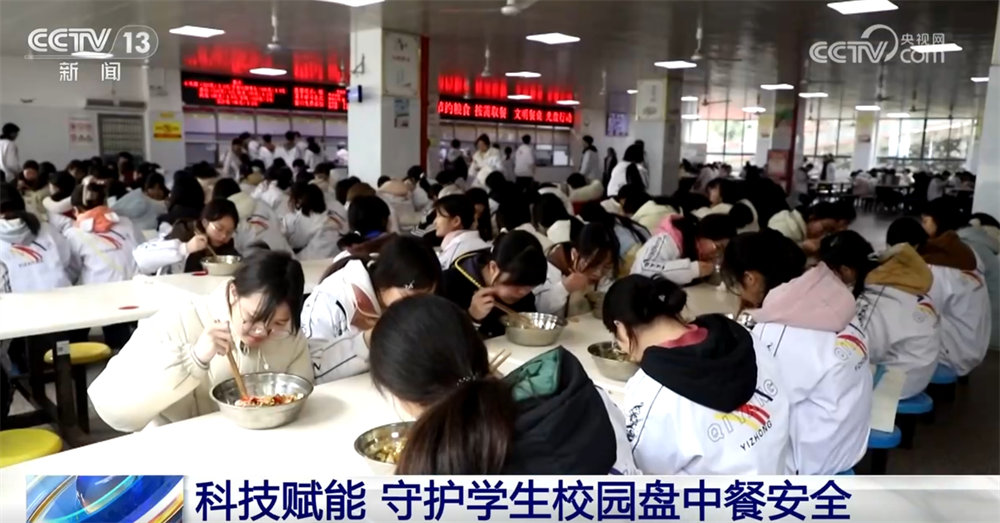
At the Jiangsu Provincial Campus Meal Standardization Demonstration Point, we will achieve no-face-to-face bidding and procurement, and full monitoring of food processing by introducing new technologies. At five o'clock in the morning, a company responsible for delivering "campus meals" ingredients in Jiangyan District, Taizhou, Jiangsu Province was brightly lit, out of the warehouse, transported and counted, and fresh vegetables and meat will be sent to a rural primary school in one and a half hours. Inside the car, there is a display that reflects the temperature and a positioning system that tracks the vehicle's trajectory.
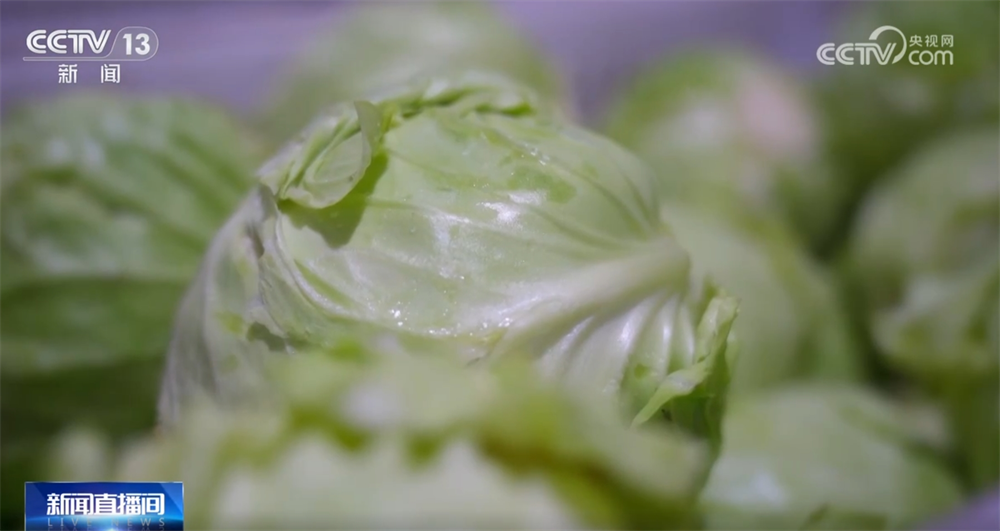
After the inspection is completed at the school, the photos of inspection and weighing will be uploaded to the Jiangsu Province Sunshine Canteen Information Supervision Service Platform. Relying on this platform, schools and suppliers can realize online face-to-face bidding and procurement. The student meal account is managed uniformly by the local education bureau, and the supplier selection is scored by the school and the education bureau checks and confirms.
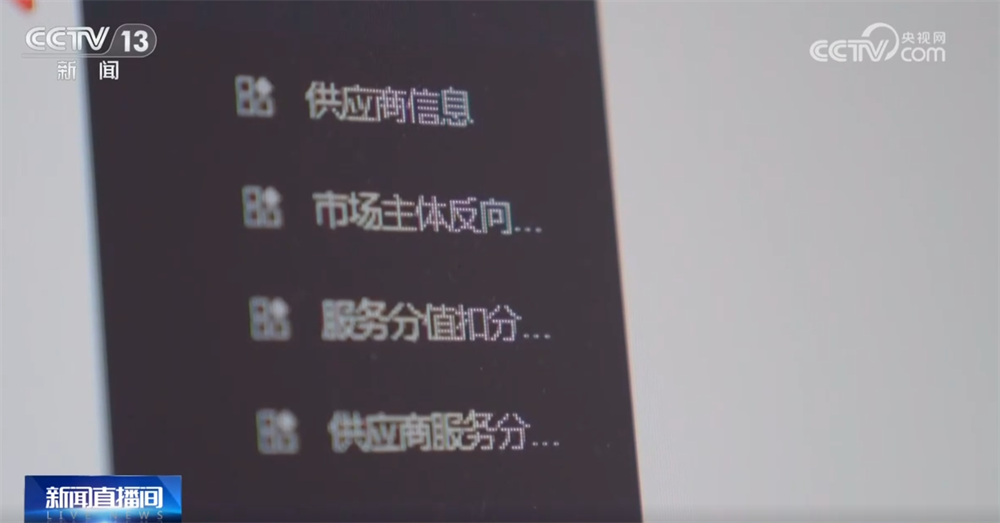
Online non-face-to-face bidding and procurement are dynamically managed using the "service points" and "price points" obtained from the school teacher and student questionnaire, effectively avoiding the simple low-price bidding and price monopoly of food suppliers, and the scoring system also promotes the price optimization of the supplier. Taking this rural primary school in Jiangyan District, Taizhou City as an example, it has been implementing the 9 yuan fee for lunch for many years. For more than a year, through online face-to-face procurement, the school’s menu has changed.
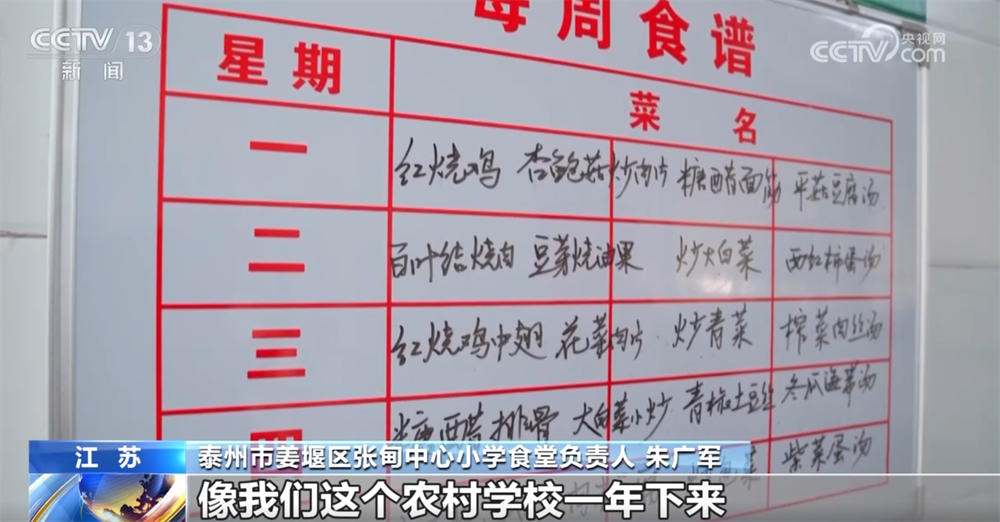
Zhu Guangjun, the canteen of Zhangdian Central Primary School, Jiangyan District, Taizhou City, Jiangsu Province, said: "The blackboard behind me can be intuitively reflected. It turned out that when we made this board, we had three grids, which represented three dishes a day. Now we have become four dishes a day. For example, our rural school can buy more dishes for students in a year."
Wishlist for student meals "Caterman" has arranged
New technologies empower campus meals to make campus meals safer. At the same time, some schools in Henan and Zhejiang have also explored more humane practices. Students are no longer just "dineers" at the dining table, but have become "designers" for student meals.
At Henan Province Second Experimental Middle School, students wrote down their favorite dishes on the message board of "You are listening to you when you are talking about the canteen" during breaks. The canteen staff check these messages every day and respond with red chalk. As long as the proposal is reasonable and the ingredients are healthy, the canteen will adopt them seriously.
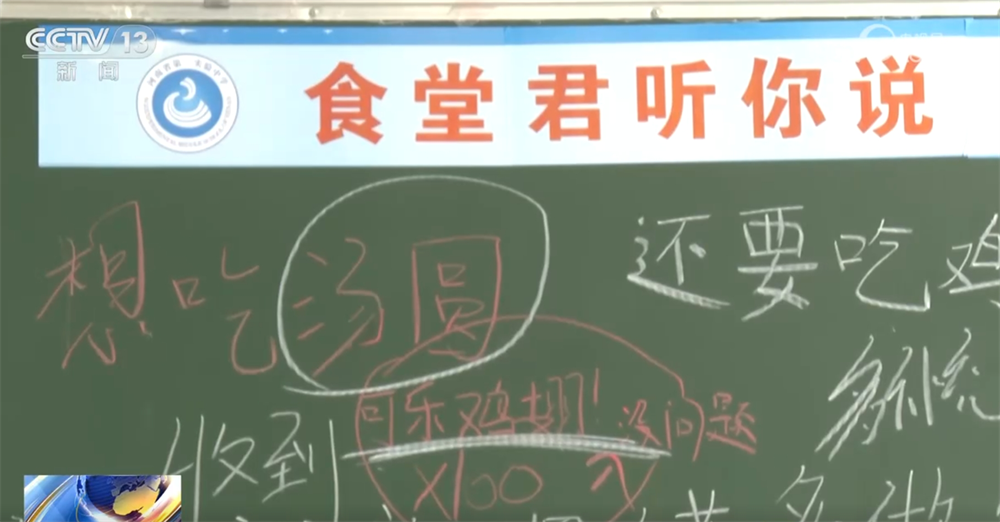
At 12 noon, the bell rang and the students lined up in an orderly manner to receive their meals. Based on the message from students a week ago, the cafeteria prepared mushroom soup shrimp slips, wontons and other lunches.
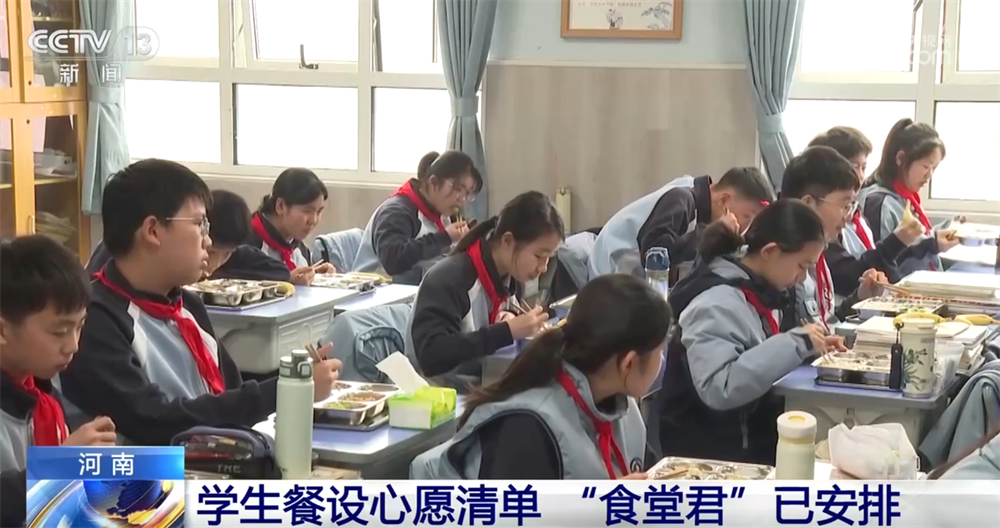
Students' wishes and delicacies are not made as they are ordered. They need to determine the nutritional and healthy combination of the ingredients. After they are announced to parents, the dishes they wish will eventually be presented to the students' tables.
At Jiangnan Junior High School in Xiaoshan District, Hangzhou, in the wind and rain corridor on the campus, a few earth stoves are particularly conspicuous, and smoke rises on the campus every Thursday afternoon. In the new semester, students can experience the entire process of campus meals from vegetable fields to dining tables.
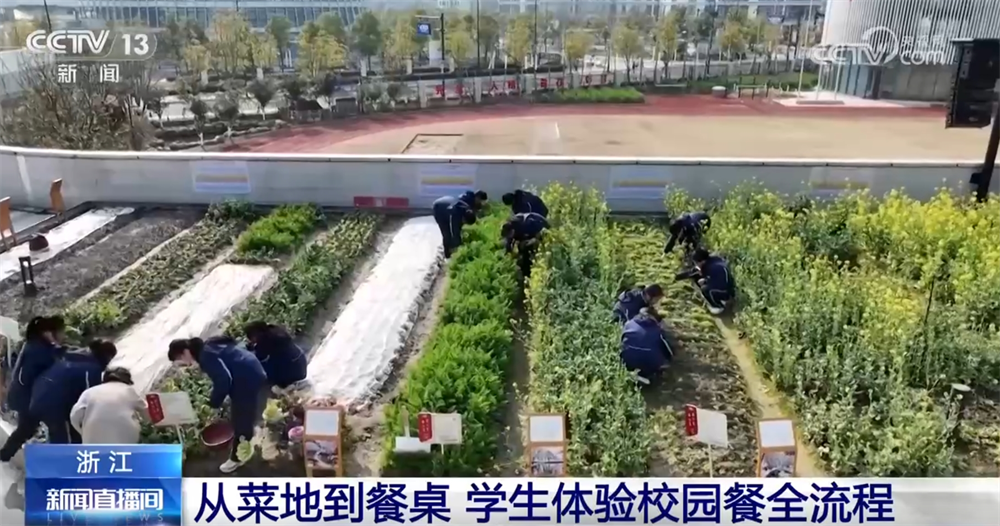
In order to ensure the efficient and orderly development of cooking courses, the school has also established a "home-school collaborative education model", cleverly combining labor education classes with student meals, bringing changes to the children.

With everyone's joint cooperation, various shapes and steaming green dumplings were released.
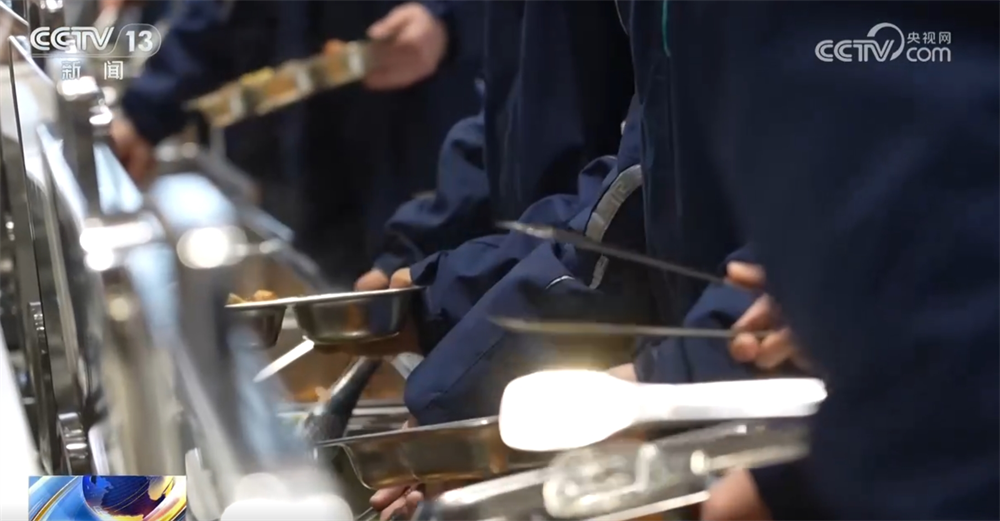
In addition to on-site sharing, the produced Youth League will also be sent to the canteen for the teachers and students who are dining together. Last year, the school issued a menu reservation form to students, changing the previous fixed meal system of one meat and two vegetarian food to a "buffet meal selection" model for lunch and dinner. There are two meat dishes and five vegetarian dishes, and 14 dishes per meal, providing students with "not only eating enough but also eating well".


